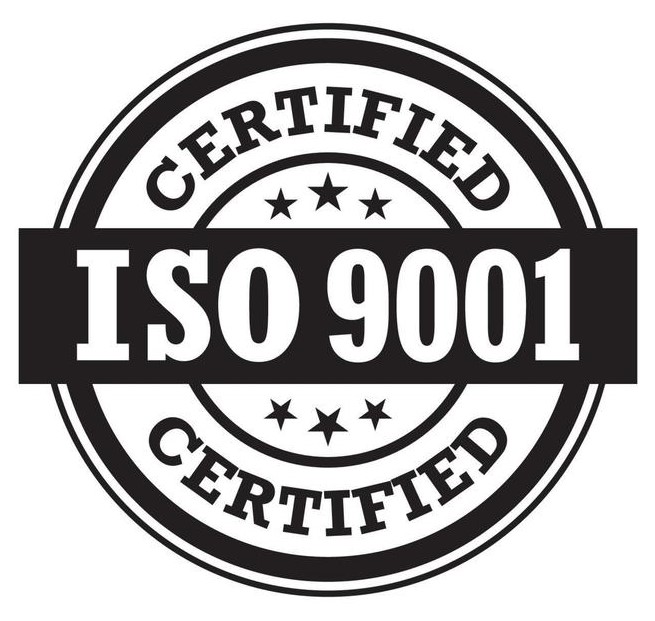E-commerce management platform development
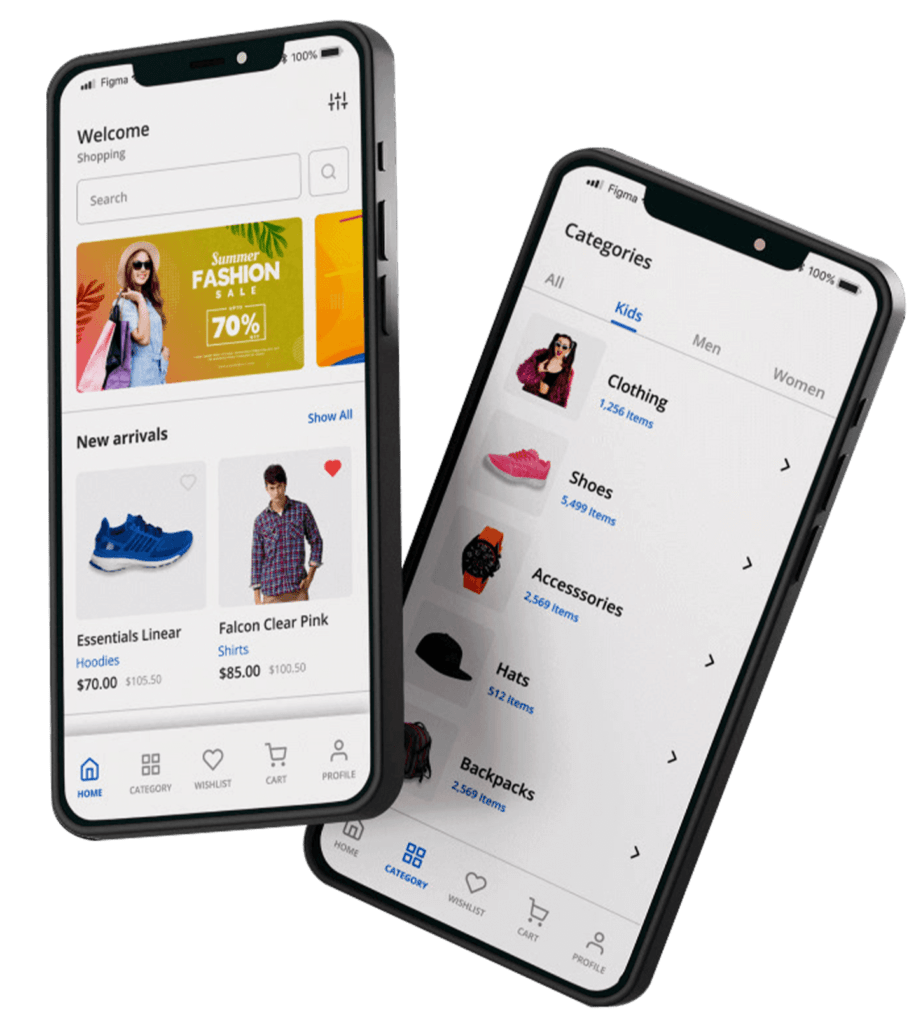
How does an ecommerce platform work?
An e-commerce platform acts as the foundation for your online store, orchestrating the entire buying process from browsing products to checkout and delivery.
You add product descriptions, high-quality images, prices, and inventory levels to your online store. Some platforms offer tools for bulk uploads and data management. My ecommerce platform offers tools to customize the look and feel of your store to match your brand identity. You can choose themes, layouts, and personalize various design elements.
Browsing Products
Customers visit your online store and browse through your product catalog using categories, search functions, and filters.
Checkout Process
Customers proceed to checkout, where they enter their billing and shipping information, select a preferred shipping method, and confirm their order.
Adding to Cart
Customers add desired products to their virtual shopping cart, specifying quantities and any desired customizations.
Secure Payment
The payment gateway securely processes the customer’s payment information.
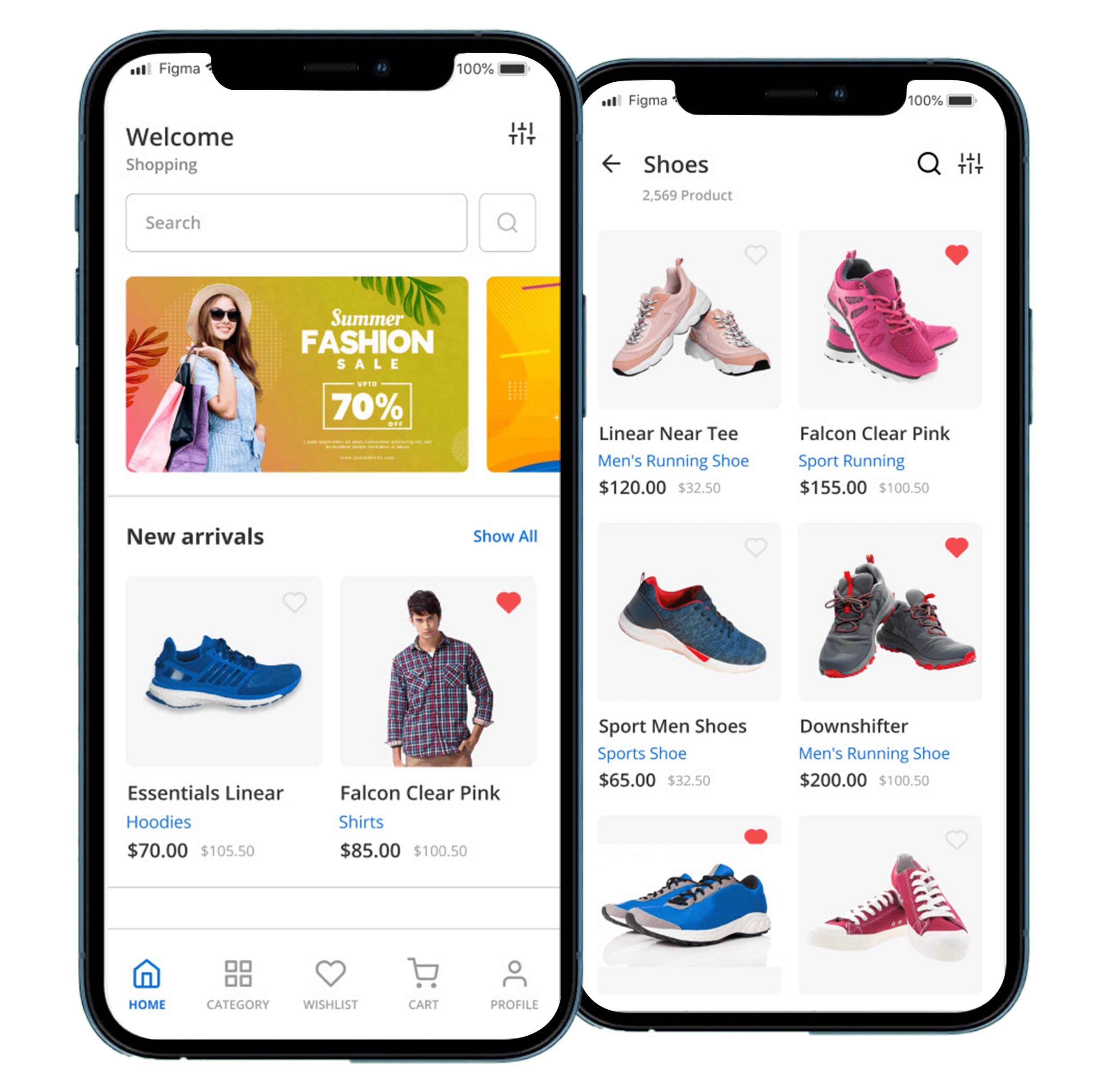
Building digital stores that sell more and grow faster
Connect with me to digital stores that maximize sales and accelerate growth through cutting-edge technology and strategic innovation.
The apps that offer a similar business model are
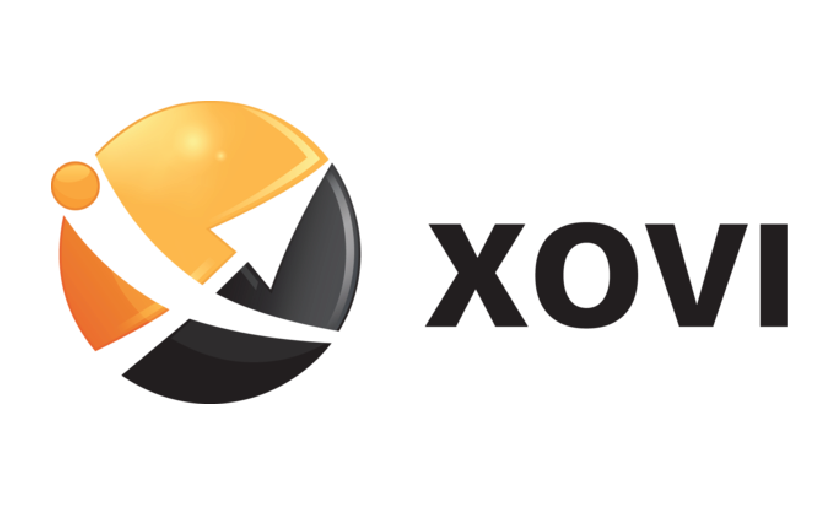
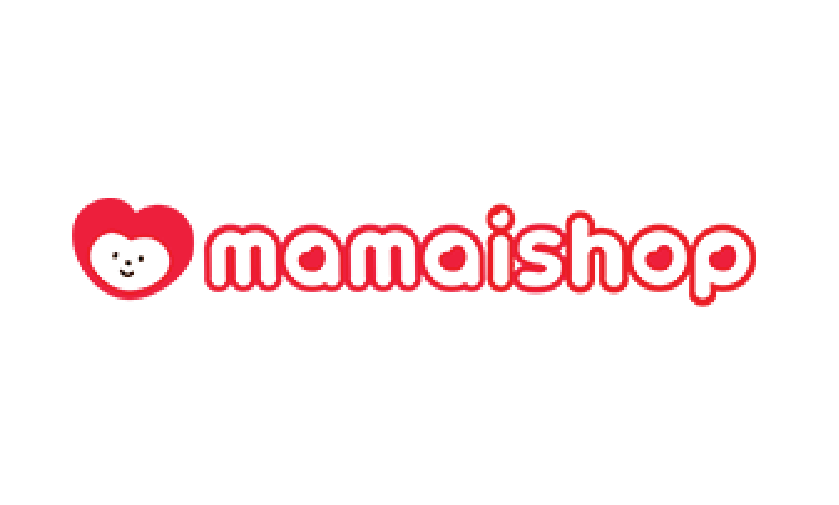

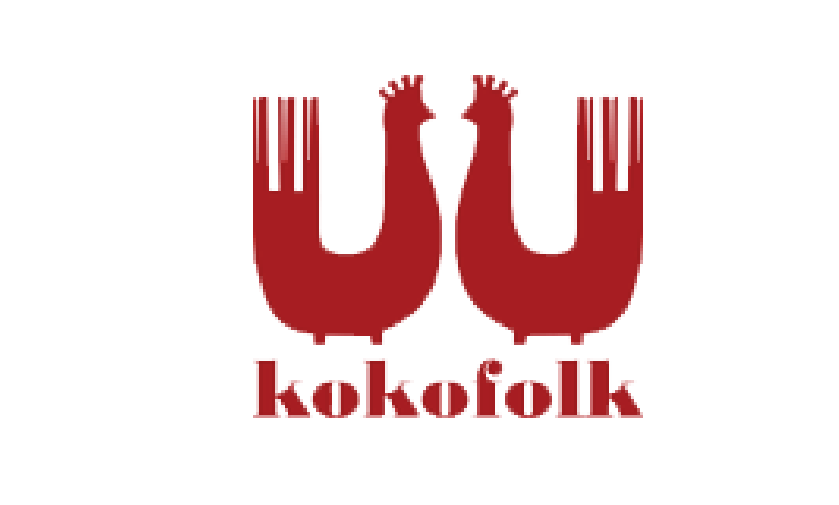

E-commerce platforms provide a comprehensive solution for businesses of all sizes to establish a successful online presence. By leveraging the features and functionalities of an e-commerce platform, you can create a user-friendly online store, manage your products effectively, process orders efficiently, and deliver a seamless shopping experience for your customers.

Crafting tailored eCommerce platforms for your unique needs
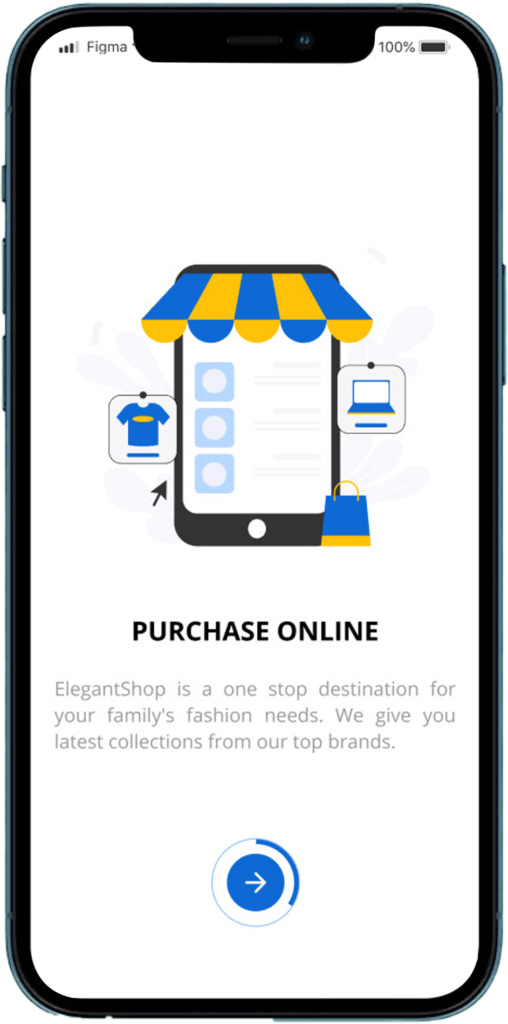
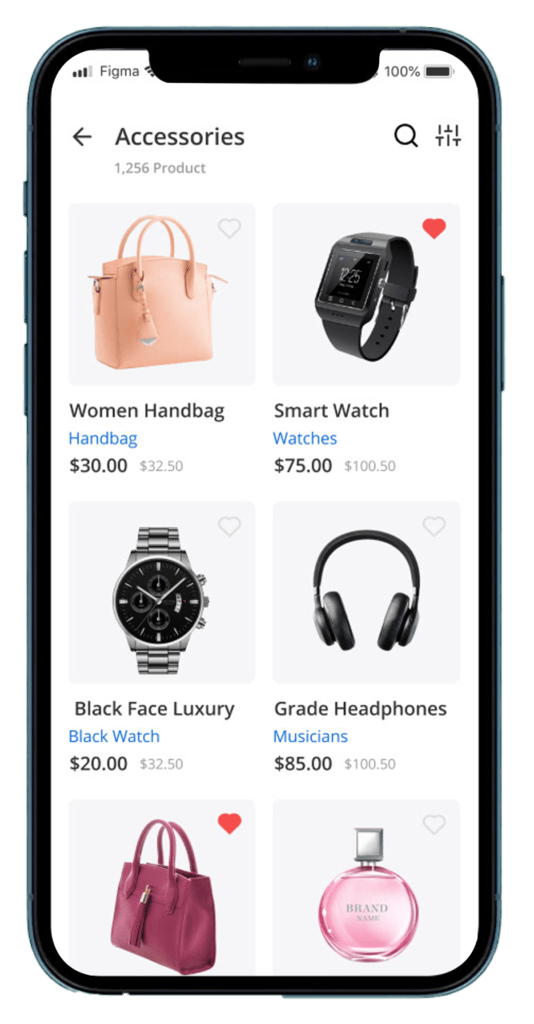
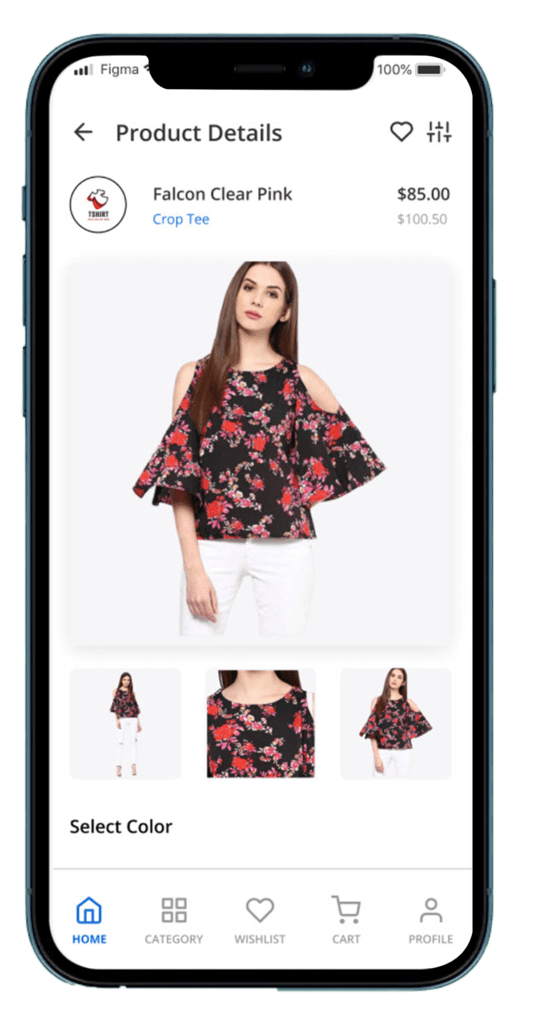
Seamless shopping experiences, expertly developed
User features
E-commerce platforms cater to both the store owner (admin) and the customer (user) experience. Here’s a breakdown of the user features typically offered by an e-commerce platform:
Intuitive Search and Navigation
Easy-to-use search bars, clear product categories, and user-friendly navigation menus to help customers find desired products quickly.
Detailed Product Pages
Informative product descriptions, high-quality images from various angles, zoom functionality, customer reviews, and clear specifications to assist purchase decisions.
Multiple Payment Options
Integration with secure payment gateways to enable customers to pay using credit cards, debit cards, digital wallets, and potentially buy-now-pay-later options.
Guest Checkout
The option to checkout as a guest without creating an account, streamlining the purchase process for occasional shoppers.
Secure Shopping Cart
A secure shopping cart that allows customers to add, remove, and update quantities of desired items before checkout.
Order Tracking
The ability to track the progress of their order with real-time updates and estimated delivery timelines.
Security
QR Pay systems often employ encryption and secure authentication methods to protect user data and prevent fraud. Additionally, some QR Pay apps require PINs, biometrics, or passwords for authorization, enhancing the security of transactions.
Merchant Offers and Discounts
Users may be able to pay bills for utilities, services, or subscriptions through the QR Pay app, streamlining the payment process for recurring expenses.
International Payments
Depending on the app and its capabilities, QR Pay might allow users to make cross-border payments, making it a convenient option for travelers or international transactions.
By incorporating these user features, e-commerce platforms empower store owners to create a customer-centric online shopping experience, while also providing them with the tools they need to effectively manage their online store and grow their business.
User Flow
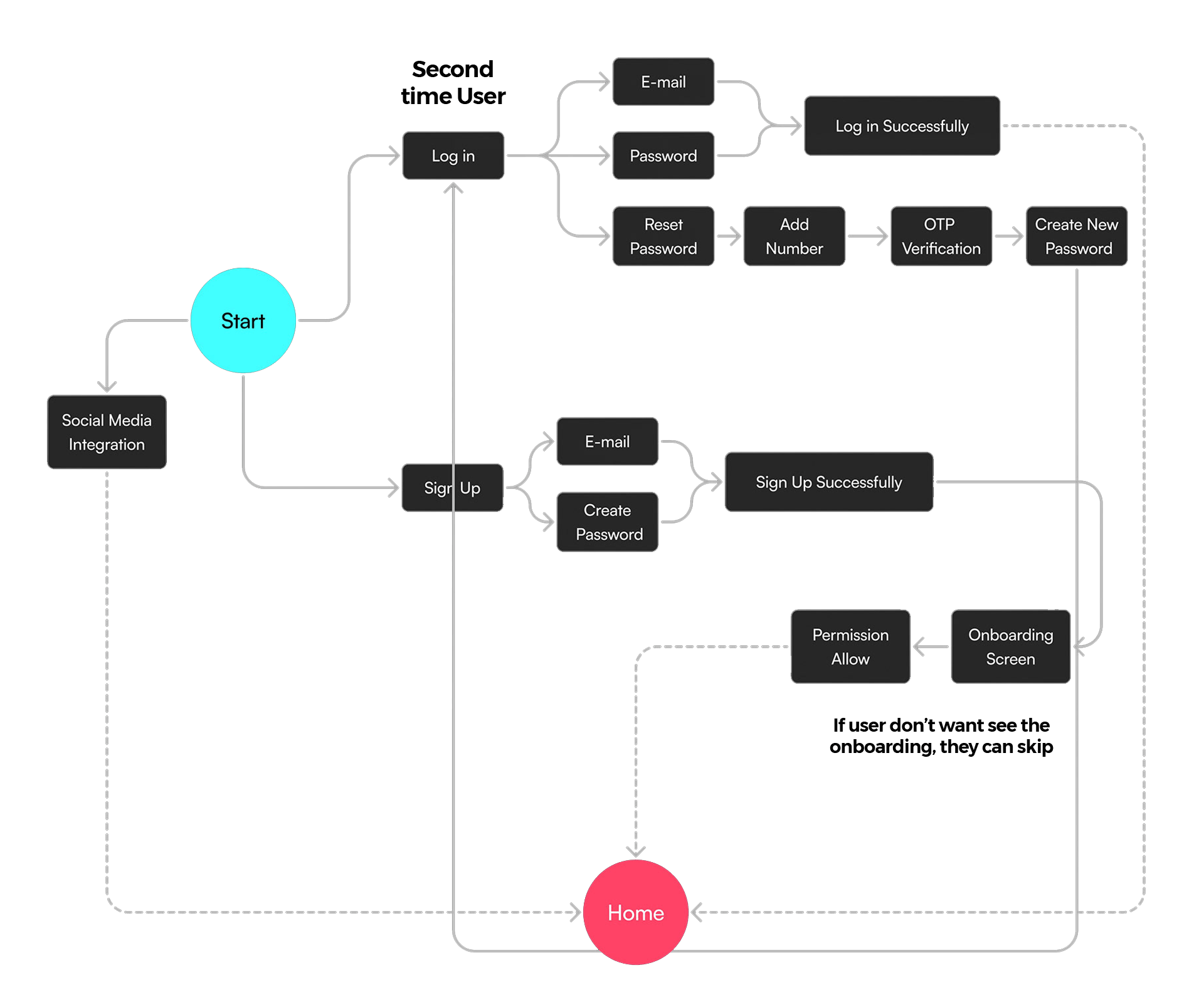
Merchant features
Here’s a breakdown of some key merchant features typically offered by e-commerce platforms
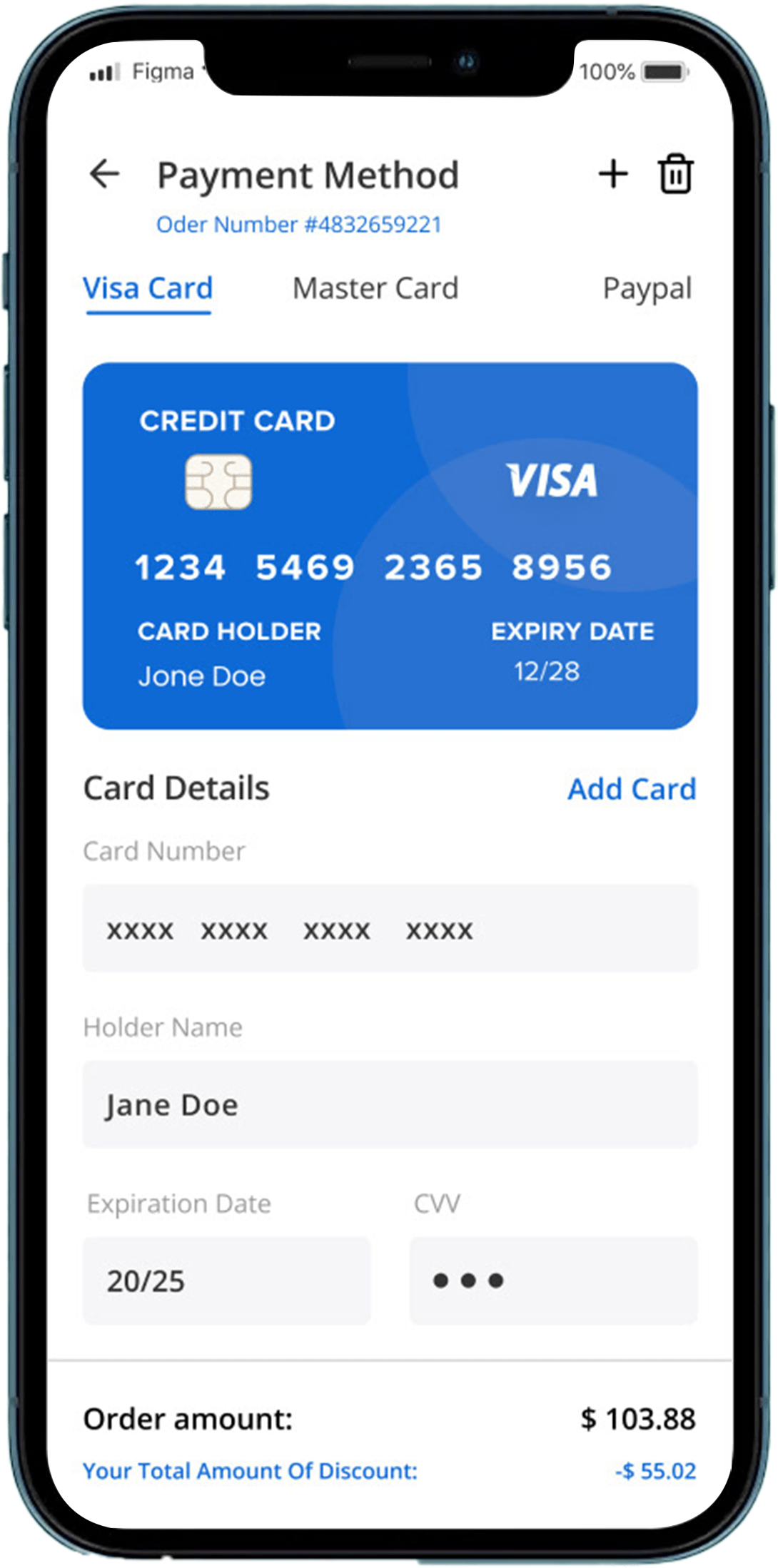
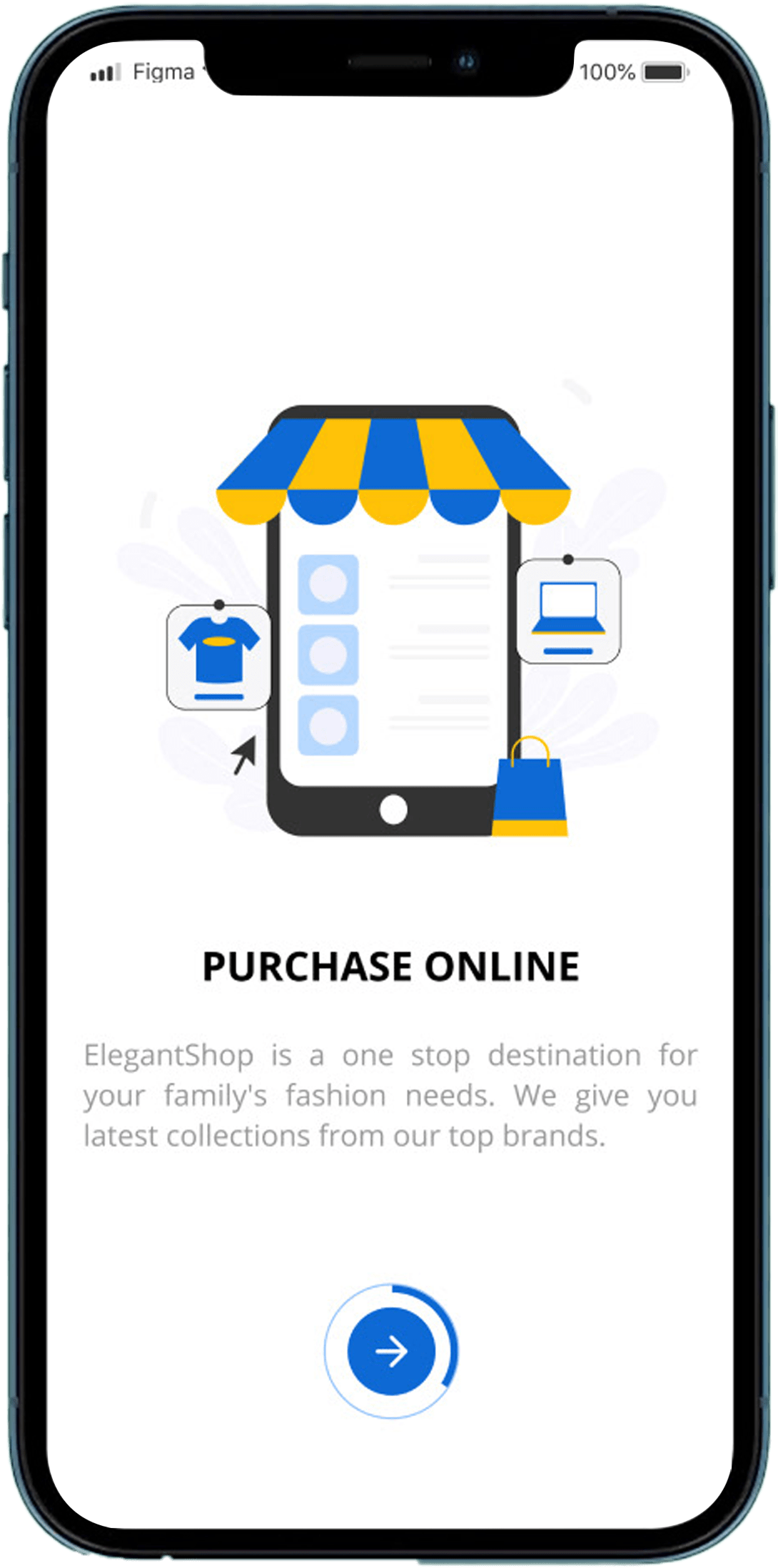
Product Listing and Uploads
Effortlessly add new products, edit existing ones, and bulk upload product information with features like CSV imports.
Inventory Management
Track stock levels in real-time, set low-stock alerts, manage product variants (size, color, etc.), and integrate with inventory management systems for advanced control.
High-Quality Image and Video Support
Upload high-resolution product images and videos from various angles to showcase products effectively and increase conversions.
Product Descriptions and Specifications
Create detailed product descriptions with rich text formatting, specifications, and highlight key features to inform purchase decisions.
Category Management
Organize your products into well-defined categories and subcategories for easy customer browsing and navigation.
Product Variations and Bundles
Offer product variations (e.g., size, color) and create product bundles for upselling and cross-selling opportunities.
Integration with POS Systems
Many QR Pay services can integrate with existing Point-of-Sale (POS) systems, allowing merchants to seamlessly incorporate QR payments into their current payment processing infrastructure.
Customizable QR Codes
Merchants can often customize their QR codes, adding logos or branding elements to make them more visually appealing and recognizable to customers.
Seamless Refunds and Disputes
In case of any disputes or the need for refunds, QR Pay apps typically offer a smooth process for merchants to handle these situations.
Promotions and Loyalty Programs
Some QR Pay systems allow merchants to set up promotions, discounts, or loyalty programs to incentivize customer engagement and repeat business.
International Acceptance
Depending on the QR Pay service, merchants may be able to accept payments from customers internationally, expanding their customer base and potential sales.
Super Admin Panel
While merchant features cater to individual store owners managing their online businesses, super admin features offer a broader, more comprehensive control panel for managing the entire e-commerce platform. Here’s a breakdown of functionalities typically available to super admins:
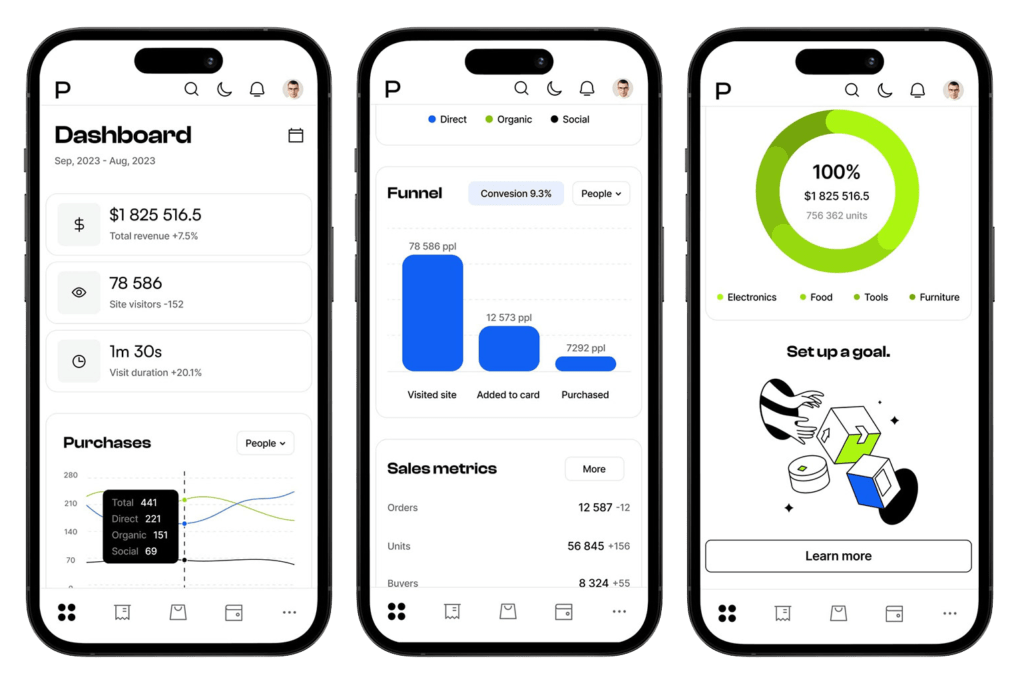
User Management
Create, edit, and manage user accounts for store owners (merchants) and potentially other platform users (e.g., customer support representatives). You can assign user roles and permissions to control access to different platform functionalities.
Platform Settings
Configure various platform-wide settings, such as currency settings, tax rates, shipping zones and configurations, and overall platform behavior.
Payment Gateway Management
Integrate with various payment gateways and manage their configurations, transaction fees, and ensure secure financial processing across the platform.
Security Management
Implement robust security measures to protect the platform and user data, including data encryption, user authentication protocols, and regular security updates.
Backup and Disaster Recovery
Establish backup procedures for platform data and ensure a disaster recovery plan is in place to minimize downtime in case of unforeseen circumstances.
Platform Analytics and Reporting
Access comprehensive analytics and reports on platform usage, overall sales performance, traffic patterns, and user behavior to gain insights and make informed decisions about platform improvements.
System Settings and Customization
The panel typically provides options for customizing the appearance, branding, and settings of the payment platform to align with the company's identity.
API Management
If the payment system offers APIs for integration with other services, the Super Admin Panel may include API management features, allowing super admins to monitor API usage and manage access.
Support and Customer Service
Super admins may have access to customer support tools and features to address any issues or inquiries related to the payment platform.
Notifications and Alerts
The panel can be equipped with features to set up notifications and alerts for critical events, such as high-value transactions or system issues.
Backup and Recovery
Super admins might have the ability to perform backups of the payment system's data and configure disaster recovery procedures.
Merchant Management
Super admins can manage merchant accounts, review applications, approve or reject new merchants, and monitor the performance of existing merchants.
Tech stack used
The tech stack for a restaurant management system includes a robust back-end framework such as Node.js or Django, paired with a front-end library like React or Angular for dynamic user interfaces.
HTML, CSS, JavaScript
These are the fundamental building blocks for creating the user interface (UI) and user experience (UX) of the platform.
Front-End Frameworks (Optional)
Frameworks like React, Angular, or Vue.js can streamline front-end development, promo code reusability, and simplify complex UI interactions.
Programming Languages
Languages like PHP (widely used in e-commerce due to its maturity and large developer pool), Python (known for readability and scalability), Java (popular for enterprise-grade applications), or Node.js (ideal for real-time applications) are common choices.
Databases
Relational databases like MySQL or PostgreSQL are commonly used to store product data, customer information, orders, and other platform data. NoSQL databases like MongoDB might be used for specific functionalities requiring more flexible data structures.
Security and Encryption
To ensure secure transactions, QR Pay systems employ encryption algorithms and security protocols. Technologies like SSL/TLS certificates and OAuth might be used to secure communications between the app and the backend servers.
Mobile Wallet Integration
QR Pay apps often integrate with mobile wallet services to enable users to link their bank accounts or credit/debit cards. This integration may involve SDKs provided by mobile wallet providers.
Cloud Services
Many QR Pay systems utilize cloud services like Amazon Web Services (AWS), Microsoft Azure, or Google Cloud Platform for hosting their backend infrastructure, ensuring scalability and reliability.
Analytics and Reporting
For tracking user behavior and transaction analytics, QR Pay systems might integrate with analytics tools like Google Analytics or custom analytics solutions.
Push Notifications
QR Pay apps often send push notifications to users. For this, services like Firebase Cloud Messaging (FCM) or Apple Push Notification Service (APNS) might be used.
Google Analytics
Firebase Cloud Messaging
The e-commerce tech stack plays a critical role in determining the functionality, performance, and security of your online store. By carefully considering your needs and resources, you can select the right combination of technologies to build a robust and scalable ecommerce platform that fuels your online business success.
Scalable eCommerce platforms for growing businesses.

Unlocking eCommerce success with customized development.
Connect with me to get started with the best system
Support Facility
My e-commerce platform’s support facility encompasses the tools and resources offered to assist users with any issues, questions, or technical difficulties they encounter while using the platform.
Self-Service Knowledge Base
A comprehensive knowledge base with articles, FAQs (Frequently Asked Questions), tutorials, and troubleshooting guides empowers customers to find answers to common questions and solve minor issues independently.
Live Chat Support
Real-time chat functionality allows customers to connect with support representatives for immediate assistance with purchase-related issues, order tracking, or product inquiries.
Email Ticketing System
A system for submitting support tickets via email allows customers to provide detailed descriptions of their issues and receive email updates on the resolution process.
Phone Support (Optional)
For some platforms, offering phone support provides an additional channel for customers who prefer voice communication to resolve complex issues.
Community Forums (Optional)
Online forums can foster a sense of community and allow customers to connect with each other, share experiences, and potentially find solutions from other users who faced similar issues.
Online Training and Webinars
Webinars and online training sessions can provide in-depth guidance on using the platform's features effectively, leveraging marketing tools, and growing their online business.
By providing a well-rounded support facility, e-commerce platforms can empower both customers and store owners to navigate the platform effectively, resolve issues efficiently, and ultimately contribute to a positive online shopping experience.
Revolutionize your payment experience
Experience the dramatic development with QRPay which is a Multi payment system for secure and bother free installment and administrations.
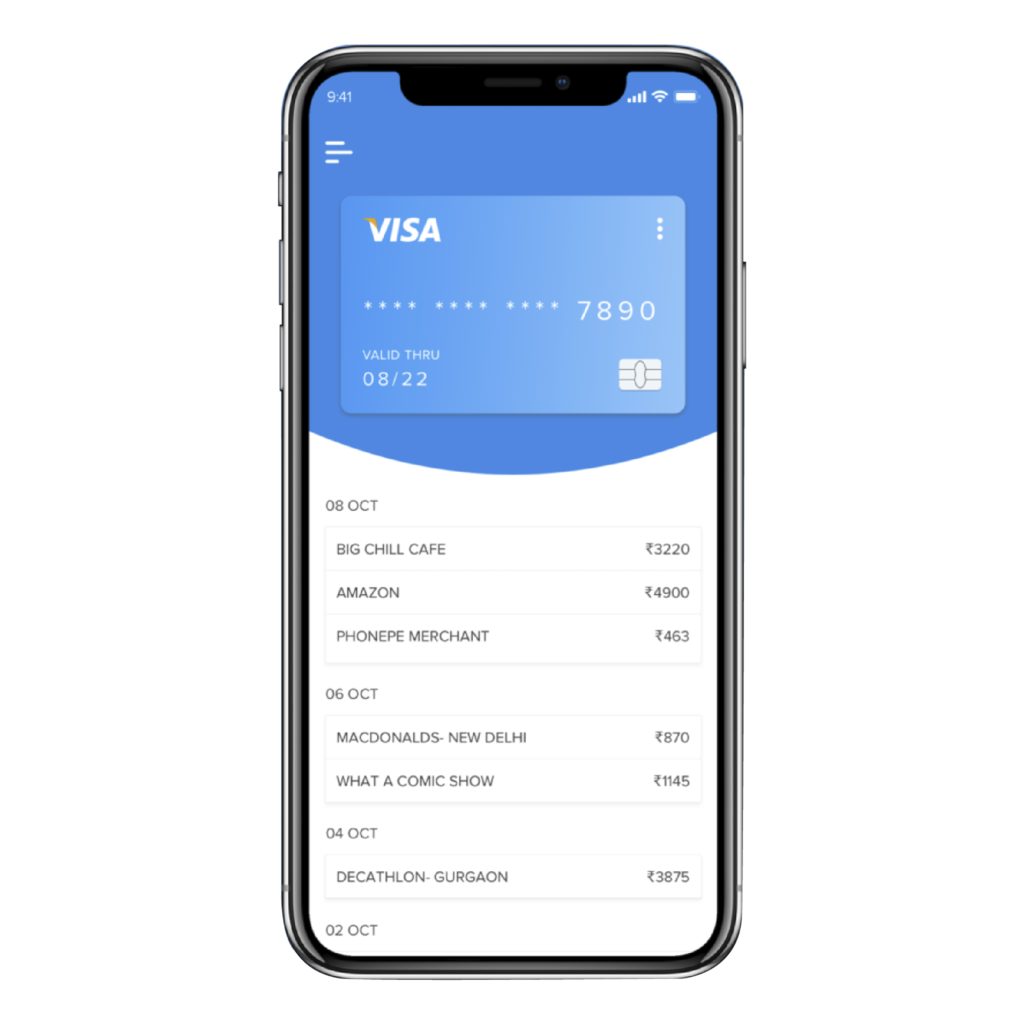
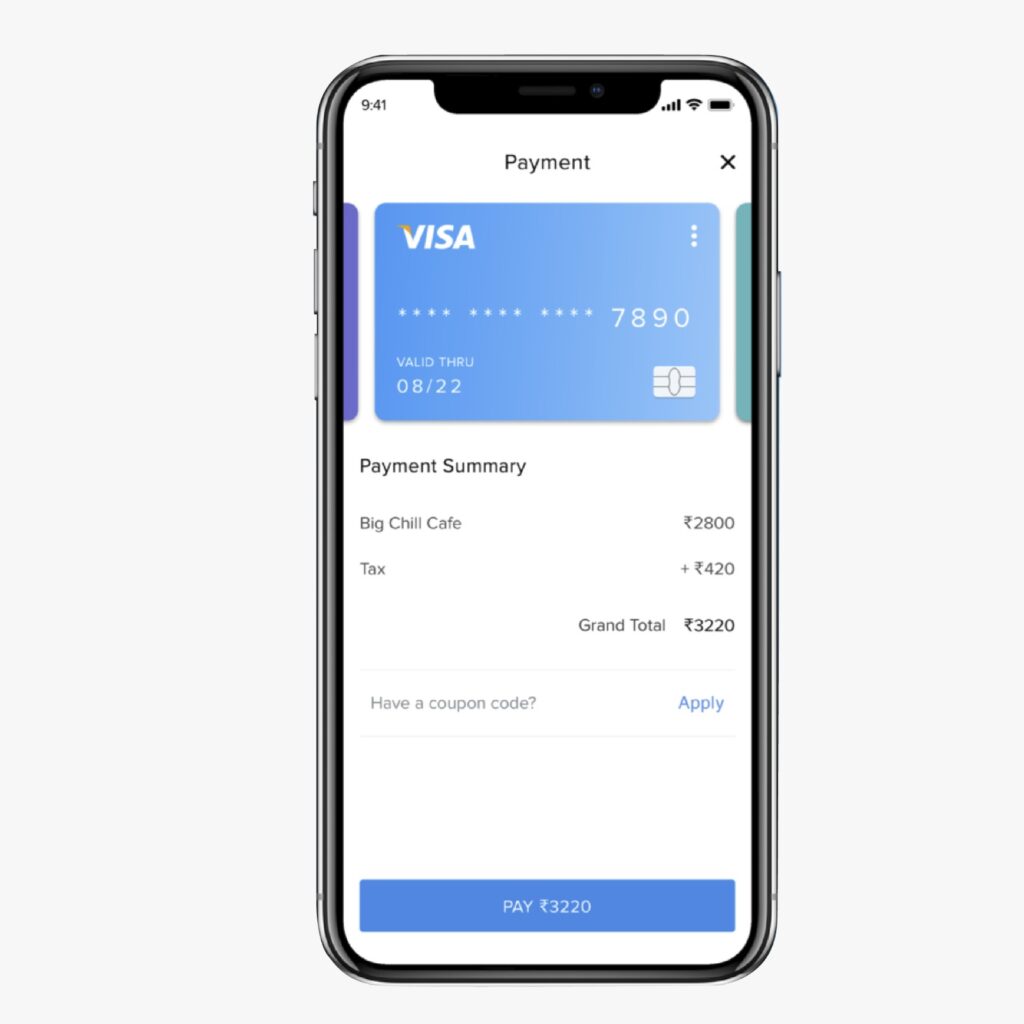
Break Geographical Limitations
An online store removes physical boundaries, allowing businesses to reach customers across the country or even globally. This expands their market reach significantly compared to a brick-and-mortar store.
Break Geographical Limitations
An online store removes physical boundaries, allowing businesses to reach customers across the country or even globally. This expands their market reach significantly compared to a brick-and-mortar store.
Lower Overhead Costs
Compared to a physical store, an e-commerce platform eliminates the need for renting retail space, hiring additional staff, and managing utilities. This translates to lower operational costs.
Simplified Inventory Management
Many platforms offer built-in inventory management tools, allowing businesses to track stock levels, automate reordering, and streamline inventory control.
Why Choose me?
There are several compelling as to why you need to choose me to develop e-commerce expert when setting up or managing your online store:
Strategic Guidance
They can help you develop a comprehensive e-commerce strategy tailored to your specific business goals, target audience, and industry.
Choosing the Right Platform
being an expert can help you navigate the options, consider your needs and budget, and select the platform that best suits your business goals.
Boosting Sales and Conversions
I can help you create effective marketing campaigns, optimize product listings for search engines (SEO), and implement strategies to increase website traffic, customer engagement, and ultimately, sales.
Your partner in next-generation eCommerce development
Get In touch with me today
I’am here to help ! If you have any Questions or would you like to discuss about your mobile app development services then I am here to assist you.
Have a cool Project?
Get in touch
Our Location
Email Address
Let's talk about your project.
I’am here to help with any questions or needs you might have. Reach out to me, and let’s start a conversation about how I can assist you.


